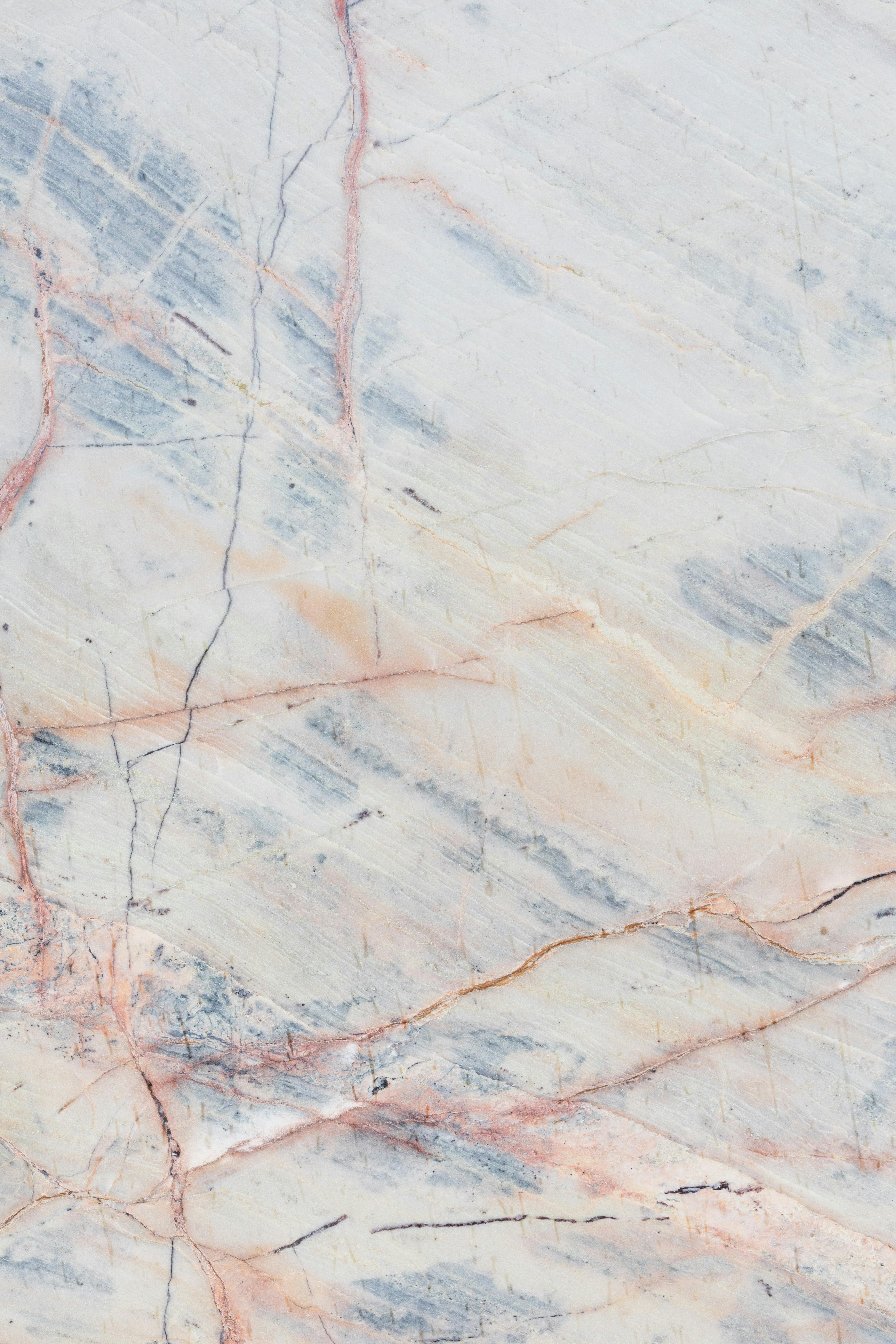Explore the installation,advantages,and maintenance techniques of metal roofs
Metal roofing has become an increasingly popular choice for homeowners and commercial property owners seeking durable, energy-efficient roofing solutions. This comprehensive roofing system offers exceptional longevity, weather resistance, and environmental benefits that traditional materials often cannot match. Understanding the installation process, key advantages, and proper maintenance techniques helps property owners make informed decisions about this significant investment in their building's protection and value.

Metal roofing systems represent a significant advancement in building protection technology, combining durability with aesthetic appeal. These roofing solutions have evolved from simple corrugated panels to sophisticated systems that mimic traditional materials while providing superior performance. Modern metal roofing options include steel, aluminum, copper, and zinc, each offering unique characteristics suited to different climates and architectural styles.
What Does Metal Roofing Installation Involve?
Metal roofing installation requires careful planning and professional expertise to ensure optimal performance. The process begins with thorough preparation of the roof deck, including inspection for structural integrity and proper ventilation systems. Professional installers typically start by applying an underlayment that provides additional moisture protection and thermal barrier properties.
The installation sequence involves measuring and cutting panels to precise specifications, ensuring proper overlap and alignment. Fastening systems vary depending on the metal type and profile, with concealed fasteners becoming increasingly popular for their aesthetic appeal and weather resistance. Proper flashing installation around chimneys, vents, and roof penetrations requires specialized techniques to prevent water infiltration.
Quality installation includes attention to thermal expansion considerations, as metal materials expand and contract with temperature changes. Professional installers use specialized tools and techniques to accommodate this movement while maintaining structural integrity and weather resistance.
What Are the Key Benefits of Metal Roofs?
Metal roofing systems offer numerous advantages that make them attractive alternatives to traditional materials. Durability stands as the primary benefit, with properly installed metal roofs lasting 40-70 years compared to 15-25 years for asphalt shingles. This longevity translates to reduced replacement costs and fewer disruptions to property use.
Energy efficiency represents another significant advantage, as metal surfaces reflect solar radiation rather than absorbing heat. This reflective property can reduce cooling costs by 10-25% during summer months, particularly when combined with appropriate insulation systems. Many metal roofing products qualify for energy efficiency tax credits and rebates.
Weather resistance capabilities include superior performance against high winds, hail, and fire. Metal roofing systems typically carry Class A fire ratings and can withstand wind speeds exceeding 140 mph when properly installed. These characteristics make metal roofing particularly valuable in areas prone to severe weather events.
Environmental benefits include recyclability at the end of service life and often contain recycled content during manufacturing. The reduced replacement frequency also minimizes landfill waste compared to more frequently replaced roofing materials.
How Should You Maintain Metal Roofs?
Proper maintenance ensures metal roofing systems achieve their full lifespan potential while maintaining optimal performance. Regular inspection schedules should include examining fasteners, sealants, and flashing components for signs of wear or damage. These inspections are particularly important after severe weather events or seasonal transitions.
Cleaning procedures involve removing debris, leaves, and other materials that can trap moisture or cause staining. Gentle washing with appropriate cleaning solutions helps maintain appearance and prevents corrosion in coastal or industrial environments. Avoid abrasive cleaning methods that could damage protective coatings.
Preventive maintenance includes checking and clearing gutters and downspouts to ensure proper water drainage. Accumulated debris can cause water backup that may compromise roof edges or create ice dam conditions in cold climates. Tree trimming around the roof area prevents branch damage and reduces debris accumulation.
Professional maintenance services can identify potential issues before they become costly problems. These services typically include detailed inspections, minor repairs, and coating touch-ups when necessary. Establishing relationships with qualified metal roofing contractors ensures access to expertise when maintenance needs arise.
| Service Type | Provider | Cost Estimation |
|---|---|---|
| Standing Seam Installation | ABC Roofing Systems | $8-15 per sq ft |
| Corrugated Metal Installation | MetalWorks Contractors | $5-12 per sq ft |
| Annual Maintenance Service | Professional Roof Care | $200-500 per visit |
| Coating Renewal | Specialty Coating Services | $2-4 per sq ft |
Prices, rates, or cost estimates mentioned in this article are based on the latest available information but may change over time. Independent research is advised before making financial decisions.
Metal roofing represents a substantial investment in property protection and value enhancement. The combination of installation expertise, inherent material advantages, and proper maintenance creates roofing systems that provide decades of reliable service. Property owners considering metal roofing should evaluate their specific needs, local climate conditions, and long-term property plans to determine if this roofing solution aligns with their goals and budget considerations.




